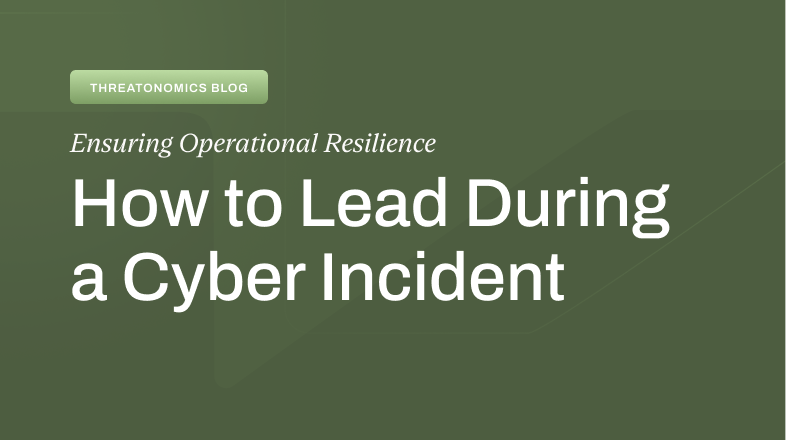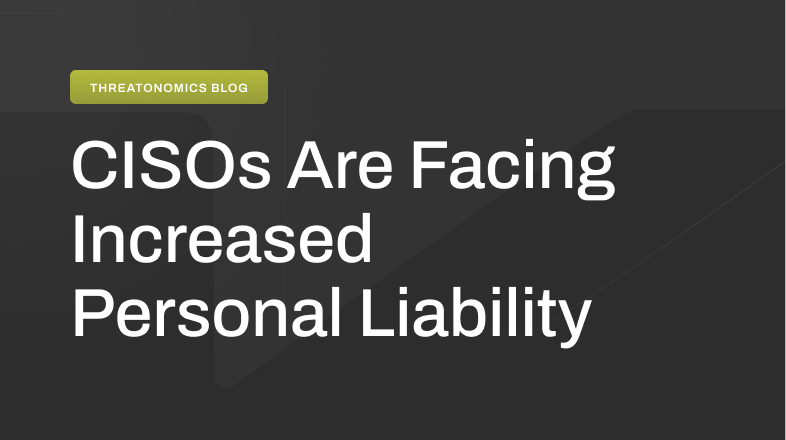Artificial Intelligence (AI) has become a cornerstone of modern innovation, driving unprecedented advancements across industries. From streamlining customer service with digital assistants to bolstering cybersecurity with intelligent tools, the global AI market is on a trajectory to surpass $826 billion by 2030. Yet, as this transformative technology integrates deeper into our lives, it brings with it a shadow: AI cyber threats.
In 2024, AI’s dual nature was on full display, reshaping industries while also enabling more sophisticated cyber threats. Here’s a closer look at how AI evolved this year, the challenges it posed, and the countermeasures emerging to defend against its darker applications.
Widespread adoption of AI
By mid-2024, AI saw widespread adoption across sectors, particularly in customer service, cybersecurity, and digital personal assistants. Innovations such as multimodal AI allowed machines to process data from diverse sources, unlocking new capabilities for handling complex tasks. This adoption wasn’t just about novelty; it was a calculated investment. Surveys revealed that many businesses allocated at least 5% of their budgets to AI initiatives.
But with great innovation comes great risk. AI’s integration into everyday technologies, from IoT devices to autonomous systems, has also expanded the attack surface for cybercriminals.
AI cyber threats
As AI matured, so too did the sophistication of cyberattacks leveraging its capabilities. Threat actors exploited generative AI for activities like:
- Deepfake fraud: AI-powered impersonation tools enabled criminals to bypass traditional security protocols, manipulate organizations, and conduct fraud on an unprecedented scale.
- Social engineering: Generative AI tools produced convincing phishing campaigns and AI-generated credentials, as seen in a North Korean hacker’s infiltration of a U.S. cybersecurity firm.
- Disinformation campaigns: State-backed actors weaponized AI to influence political discourse and elections. Deepfake videos and AI-generated content became powerful tools for manipulating public opinion, particularly during the 2024 U.S. elections.
The RansomHub ransomware group and other malicious actors used AI to breach sensitive platforms, demonstrating that even advanced AI-enabled technologies were not immune to attack. Meanwhile, criminal forums buzzed with over 4 million discussions about using AI for illicit activities, from bypassing KYC protocols to orchestrating large-scale fraud.
AI fighting back
Despite the growing threats, AI also emerged as a formidable ally in cybersecurity:
- Real-time threat detection: Google’s AI-powered Safe Browsing feature added robust protections against malicious files.
- Innovative countermeasures: Tools like “Mantis” were developed to turn the tables on AI-driven attacks, redirecting automated threats away from networks.
- AI vs. AI: Security professionals increasingly deployed AI to preemptively identify vulnerabilities, detect suspicious behavior, and neutralize risks before they escalated.
The arms race between attackers and defenders is intensifying, with AI at the center of both offensive and defensive strategies.
What we can expect in 2025 and beyond
As AI technologies continue to evolve, their potential for innovation remains vast. Advancements in machine learning and autonomous systems promise to reduce errors and expand AI applications. However, the rise in AI-enabled threats will necessitate equally advanced defenses.
Organizations must strike a balance—embracing AI’s benefits while preparing for its risks. In this ongoing battle, one thing is clear: AI will not only shape the future of industries but also redefine the frontlines of cybersecurity.
At Resilience, we’re committed to empowering businesses to navigate this evolving landscape. Whether it’s through advanced risk modeling or comprehensive cyber insurance, we’re here to help you stay secure in an AI-driven world.








